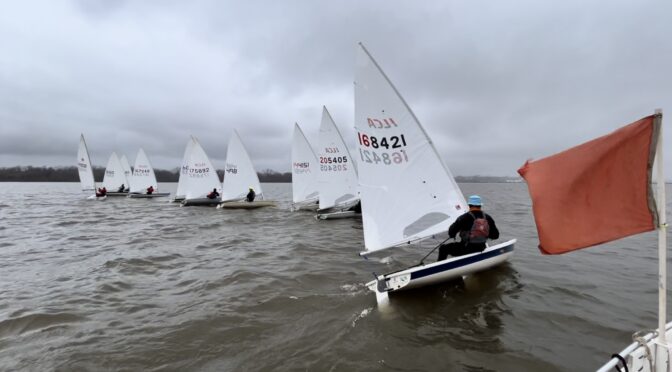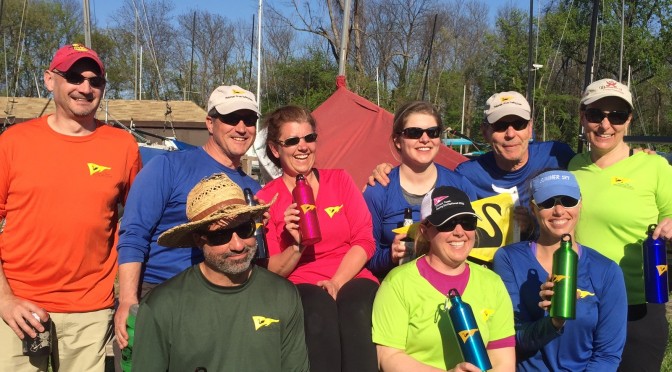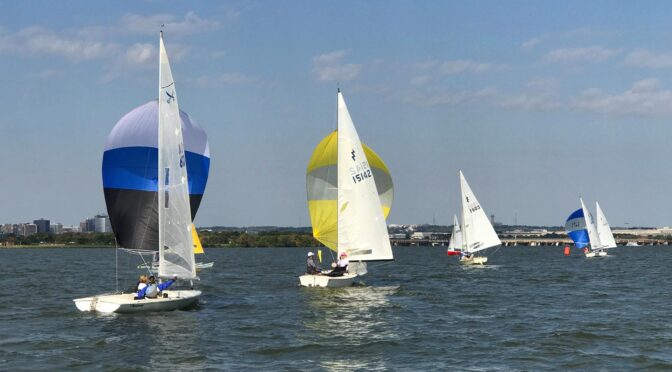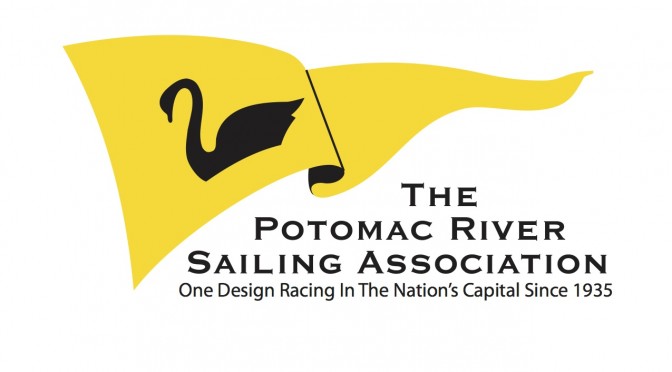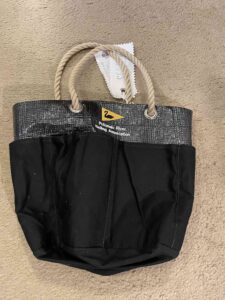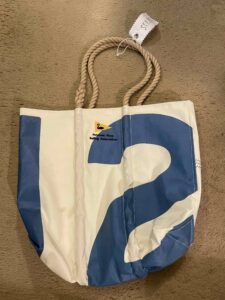The PRS Spring Series is underway! Please make sure that you’ve registered for the series, signed up for spring RC dates, and read through the rest of the information included below. Please don’t hesitate to let us know (prsaboard@gmail.com) if you have any questions.
- Sign up for Race Committee: Skippers must fulfill RC obligations in each series that they wish to be scored in Frostbite, Spring or Fall. Skippers that do not sign up for at least half their slots before the series begins may not be scored for the series. PRO still counts as 2 slots. Starting this season, Skippers must fill 2 slots in the Spring and 2 slots in Fall. This changes the practices of doing all your RC in one series and racing in the other–a change that was requested at the AGM. Skippers may carry over 1 RC slot from the Spring to the Fall series. Non-Lasers Skippers must fill 2 slots for the Spring Series (Lasers only 1).
- Racing Calendar: https://potomacriversailing.org/calendar/
- Post-Race Potluck: we will be grilling in the grove after racing on each Sunday. We encourage your friends and family to join us for these BYO post-race BBQs! Hanging out around the grill is a great opportunity to reconnect with everybody and perhaps even introduce some new folks to PRSA. Please remember to bring something for you and your crew for the grill and to drink.
- Sail Upcycling: we will collect used sails for the Sea Bags sail upcycling program on April 14th. If you have used sails that you want to donate, bring them to the marina and drop them at drysail slip C-17 (Stas Burgiel’s I-20). PRSA receives a tool bag or tote bag made from each donated sail that we can use or sell (and the rest of each sail is sold by Sea Bags in support of various good causes in sailing). Now is a good time to clear out that inventory of old sails and support a good cause in doing so!
- Email lists: now is a good time to make sure that you and your crew are subscribed to all of the relevant email lists. If you are receiving this note, you are on the PRSA Google Group (potomacriversailing@googlegroups.com) but you should also make sure that your crew or others you sail with are members. Instructions on joining are on our website: https://potomacriversailing.org/contact-page/. You should also make sure that you are on your fleet email list (reach out to your fleet captain for info).
- Dues: please make sure that you’ve paid your PRSA dues (and your fleet dues, if applicable). You can use the links on this page – https://potomacriversailing.org/dues-rc-duty/ – to check your PRSA dues status.
- Dave Perry Rules Seminar: join the upcoming seminar on “Rules & Tactics at the Start” hosted by CBYRA for free! Info here: https://cbyra.org/2024/04/04/join-the-free-webinar-rules-tactics-at-the-start-april-22nd-23rd/
Please feel free to reach out to us if you have any questions. I look forward to seeing everybody on the water and then at the post-race BBQ (along with your friends and family!) on April 14!


